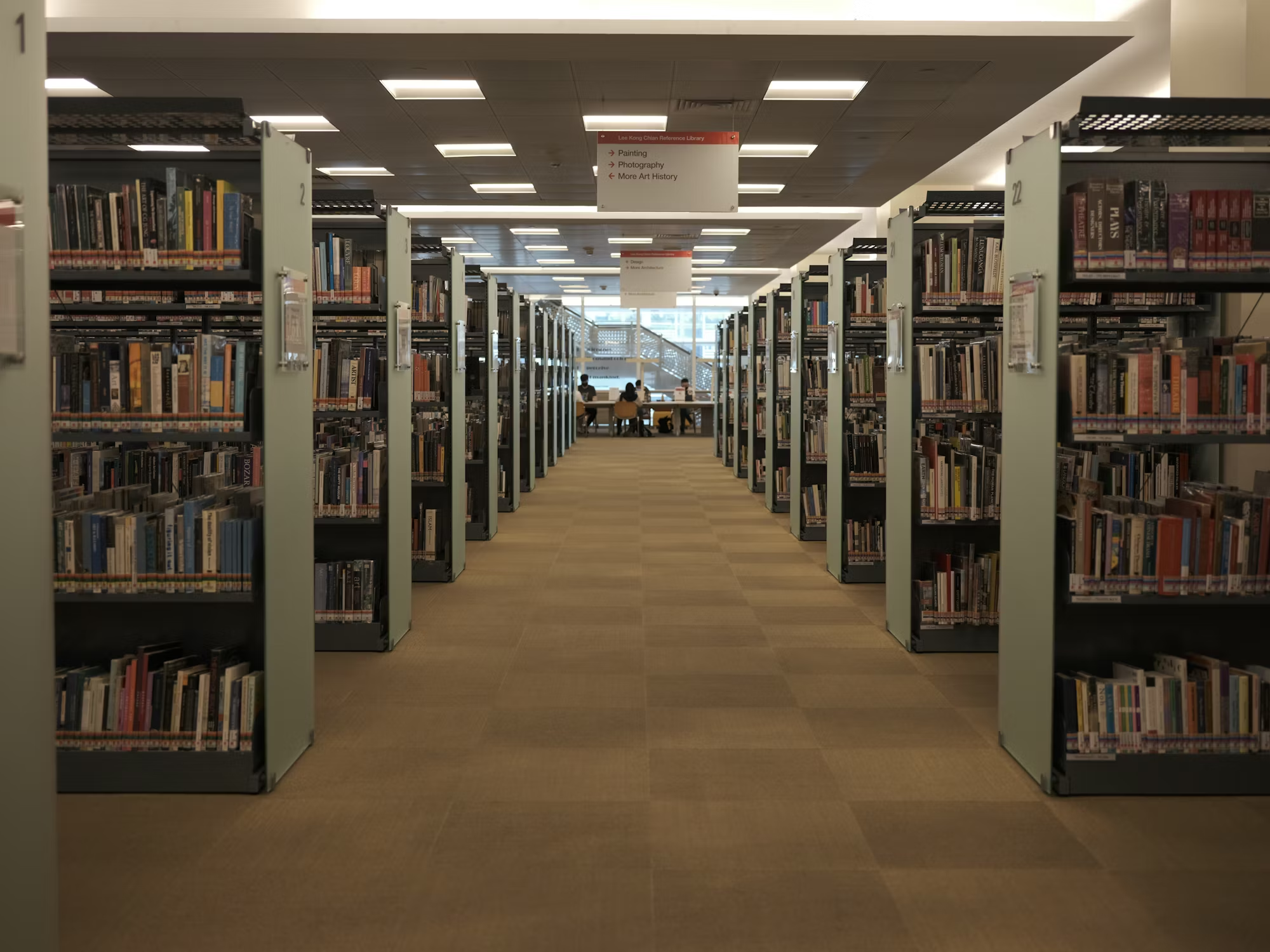Public libraries are often the heart of communities, serving as essential hubs for learning, culture, and connection. They offer more than just books; they provide access to a wealth of resources and programs that support personal growth, education, and community engagement. This article delves into the multifaceted role of public libraries, highlighting how they foster lifelong learning, enhance community interaction, and adapt to the evolving needs of their patrons.
One of the primary functions of public libraries is to serve as accessible educational resources for people of all ages. They provide a vast array of materials, including books, audiobooks, e-books, magazines, and newspapers, catering to diverse interests and reading levels. In addition to traditional print materials, many libraries now offer digital resources such as online databases, educational software, and streaming services, making information and learning opportunities more accessible than ever. This commitment to accessibility ensures that individuals can pursue their interests, whether for personal enrichment or academic purposes.
Public libraries also play a critical role in fostering literacy and promoting reading habits. Through programs like story hours for young children, reading challenges for teens, and book clubs for adults, libraries encourage a love for reading and lifelong learning. These initiatives not only improve literacy skills but also help build community connections by bringing people together around shared interests. The social aspect of these programs creates a welcoming environment where patrons can engage with one another and form meaningful relationships.
In addition to fostering literacy, public libraries offer a wide range of educational programs and workshops that address the diverse needs of their communities. These programs can include anything from technology training sessions to resume-building workshops, financial literacy courses, and language classes. By offering these resources, libraries empower individuals with the skills and knowledge necessary to succeed in various aspects of their lives, whether in their careers, education, or personal development.
Collaboration is a hallmark of public libraries, which often partner with local organizations, schools, and community groups to provide comprehensive services. By working together, libraries can expand their reach and enhance the programs they offer. For example, a library may collaborate with a local school district to provide after-school tutoring programs or with a nonprofit organization to host health and wellness workshops. These partnerships allow libraries to address specific community needs and create a network of support for their patrons.
The role of public libraries in promoting digital literacy is increasingly important in today’s technology-driven society. As access to technology becomes essential for education and employment, libraries provide valuable resources and training to help patrons develop their digital skills. This can include access to computers and the internet, as well as instruction on how to use various software programs and online tools. By bridging the digital divide, public libraries ensure that all community members have the opportunity to thrive in the digital age.
Moreover, public libraries often serve as spaces for civic engagement and community involvement. They provide forums for discussions on local issues, host town hall meetings, and offer resources for civic education. Libraries empower individuals to become informed citizens, encouraging them to participate actively in their communities. This civic engagement fosters a sense of belonging and responsibility, helping to create a more informed and active citizenry.
The physical space of public libraries is also designed to facilitate learning and community interaction. Modern libraries often feature flexible spaces that accommodate a variety of activities, including quiet study areas, collaborative workspaces, and community meeting rooms. These thoughtfully designed spaces encourage patrons to use the library for various purposes, from studying and working on projects to attending events and workshops. This versatility makes libraries inviting and accessible for all.
As we navigate the complexities of the 21st century, public libraries continue to adapt to the changing needs of their communities. They are increasingly becoming centers for innovation, offering maker spaces, coding classes, and technology labs that encourage creativity and entrepreneurship. By providing access to tools and resources that promote innovation, libraries empower patrons to explore new ideas and develop skills that are crucial in today’s job market.
In addition, public libraries are increasingly focused on promoting inclusivity and diversity within their communities. They strive to create environments where everyone feels welcome, regardless of their background or circumstances. This commitment to inclusivity is reflected in their programming, collections, and services, ensuring that all community members can access the resources they need. Libraries often curate collections that reflect the diversity of their patrons and host programs that celebrate various cultures, fostering a sense of belonging for all.
The impact of public libraries extends beyond individual patrons; they play a crucial role in enhancing the overall quality of life within communities. By providing educational resources, fostering social connections, and promoting civic engagement, libraries contribute to the cultural and intellectual vibrancy of their regions. They serve as safe spaces where individuals can gather, learn, and grow together, creating a stronger sense of community.
In conclusion, public libraries are invaluable institutions that enrich the lives of individuals and communities alike. Through their commitment to lifelong learning, literacy promotion, and community engagement, they create inclusive spaces that foster personal and collective growth. As public libraries continue to evolve and adapt to the changing needs of society, their importance as centers for education, innovation, and connection will only continue to grow. Supporting and investing in these vital resources is essential for nurturing informed, engaged, and empowered communities.



